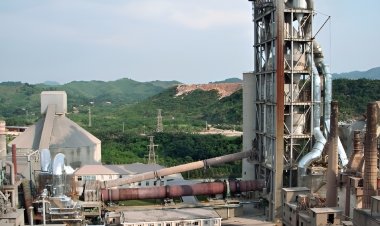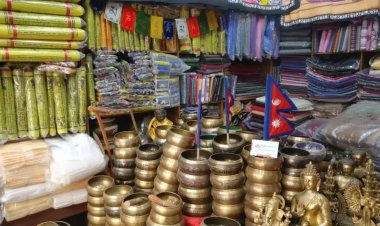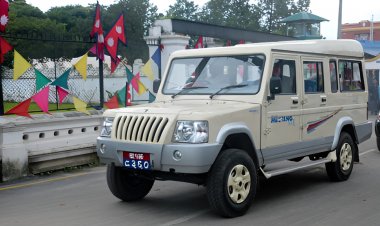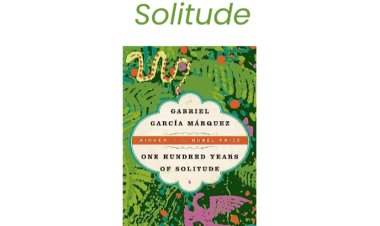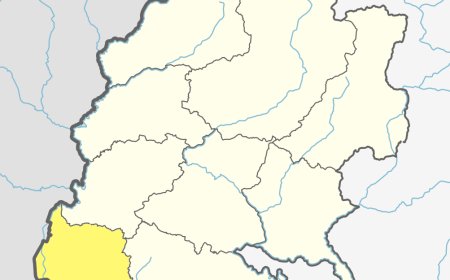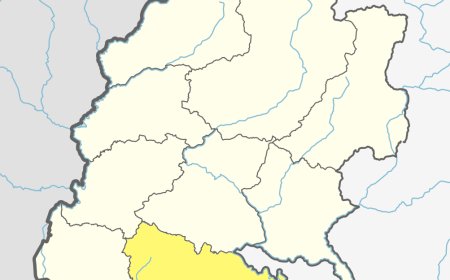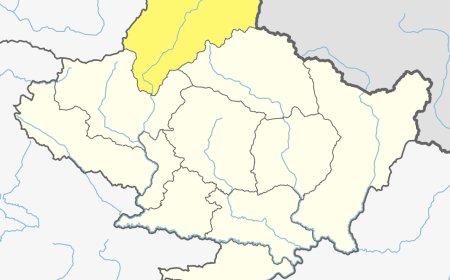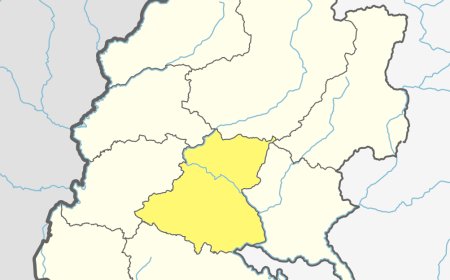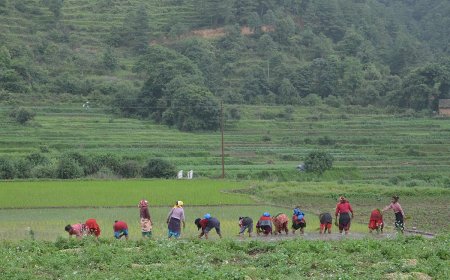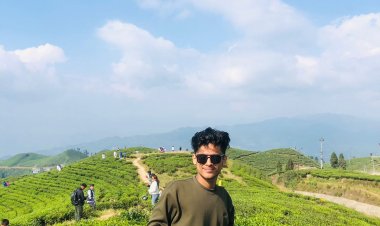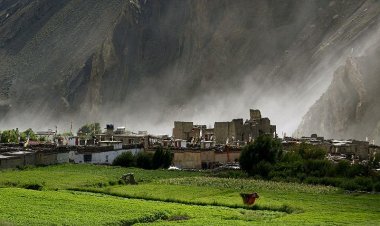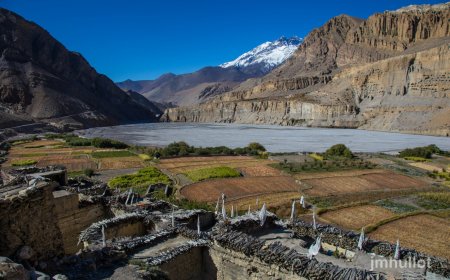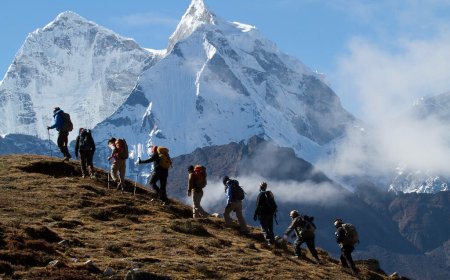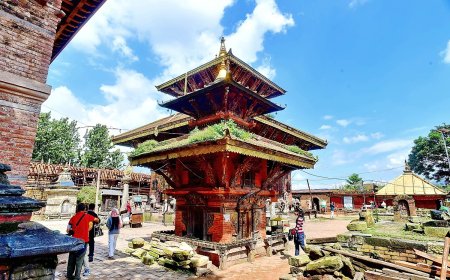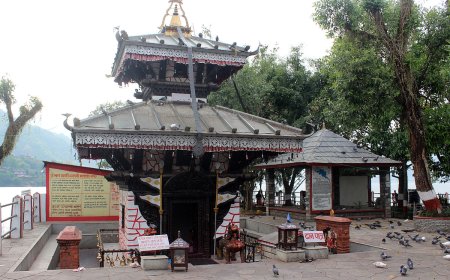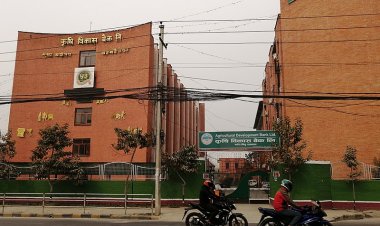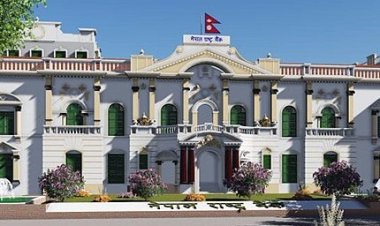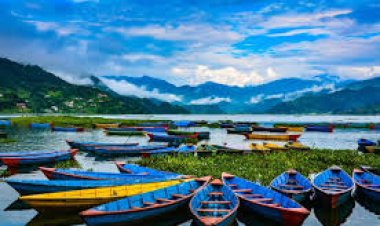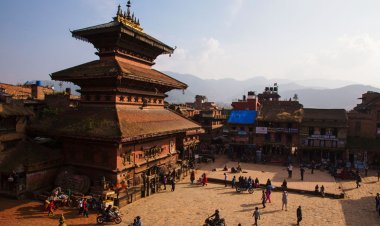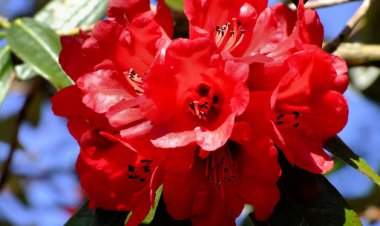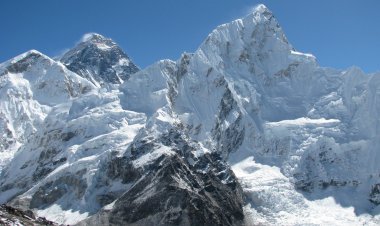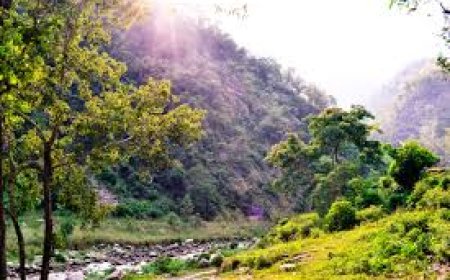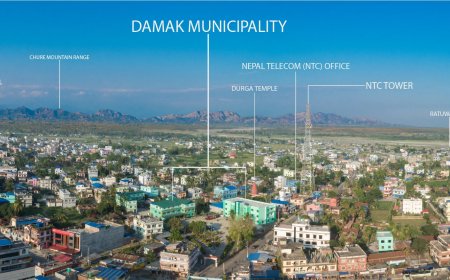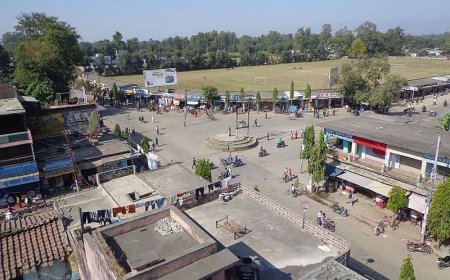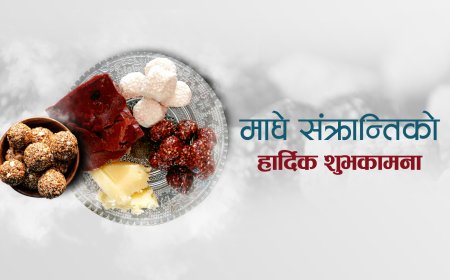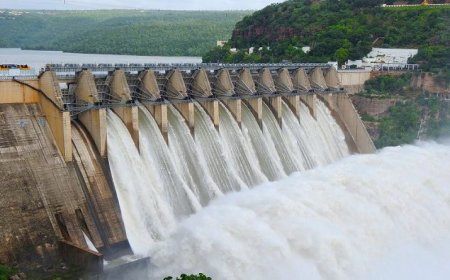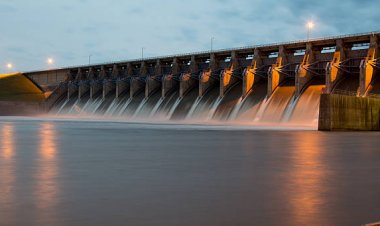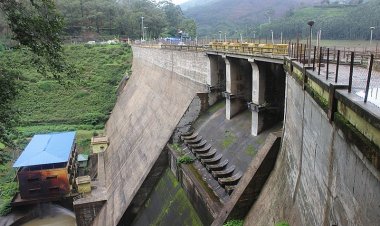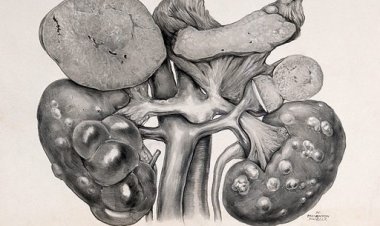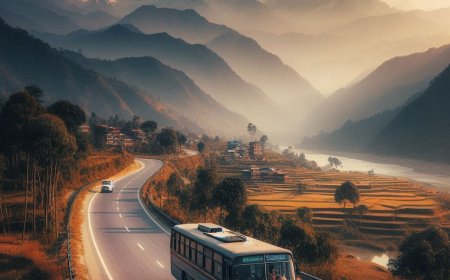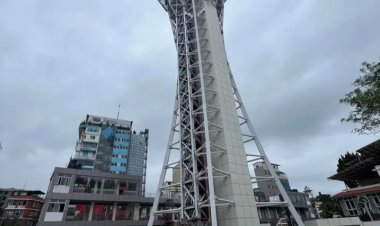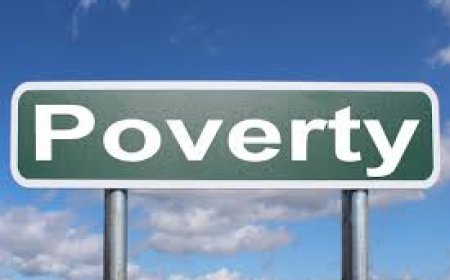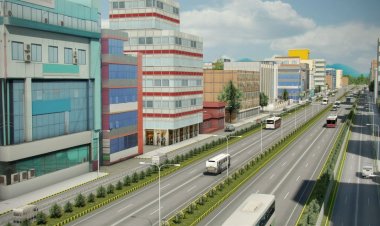Bajura: A Haven of Natural Beauty and Cultural Heritage
Let’s explore Bajura district’s landscapes, unique traditions, and trekking trails, offering an authentic experience of Nepal’s Far West.
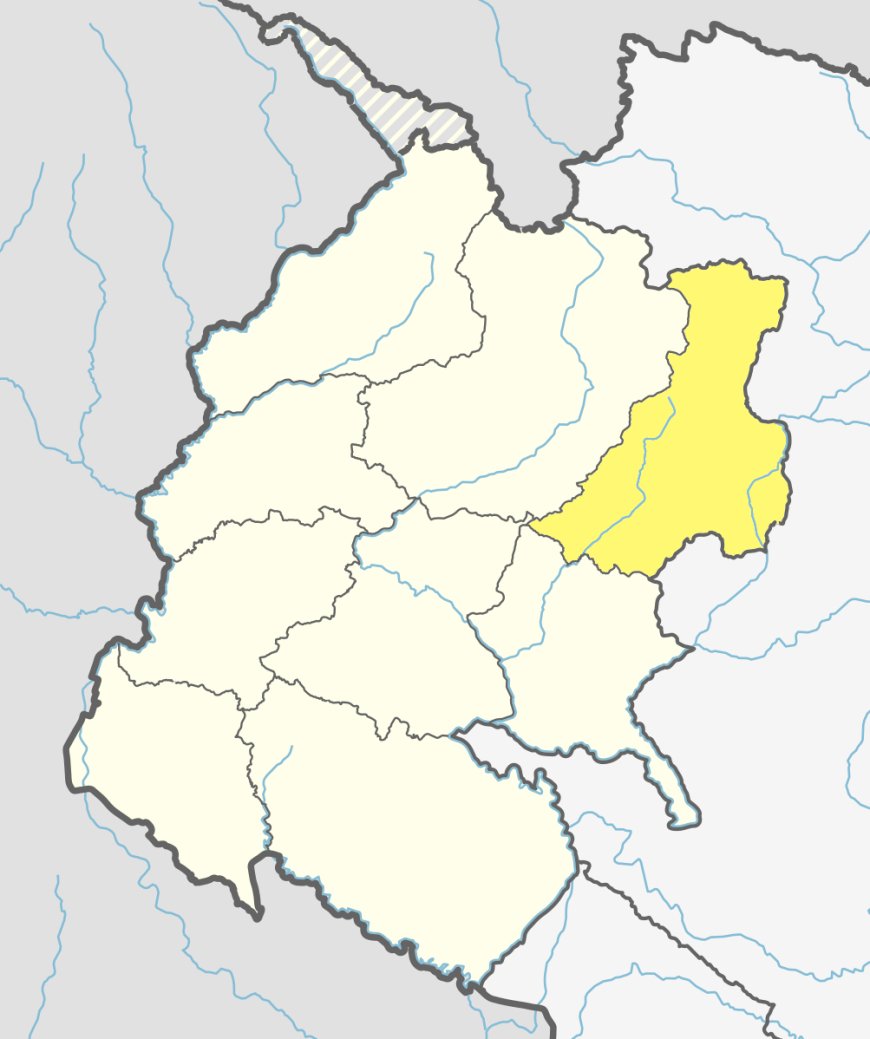
Introduction

Bajura is a peaceful district in the remote western region of Nepal, known for its rugged natural beauty, vibrant cultural heritage, and historical significance. Located in Sudurpaschim Province, this district is an ideal destination for adventurers, spiritual seekers, and those yearning to explore Nepal’s lesser-known yet captivating landscapes. With its snow-clad peaks, traditional villages, and sacred temples, this district remains a hidden treasure waiting to be discovered. The district headquarters, Martadi, serves as a gateway to many attractions, offering visitors a unique blend of cultural exploration and natural splendor.
Geographical Overview
Covering an area of 2,188 square kilometers, the district’s dramatic topography features a mix of steep mountains, rolling hills, and fertile river valleys. The district’s elevation ranges from 300 meters to 7,134 meters above sea level, showcasing an impressive variety of landscapes, including the Api-Saipal mountain range. This district is home to the Budhi Ganga and Karnali rivers, vital lifelines for agriculture, hydropower, and biodiversity.
The climate varies from subtropical in the lower valleys to alpine in the high-altitude areas, supporting a rich diversity of flora and fauna. The pristine air, combined with the serenity of its surroundings, makes this district a haven for nature lovers and trekkers alike.
Table: Geographical Features
|
Feature |
Data |
|
Total Area (sq. km) |
2,188 |
|
Altitude Range (m) |
300–7,134 |
|
Major Rivers |
Budhi Ganga, Karnali |
|
Climatic Conditions |
Subtropical to Alpine |
Demographics
This district is home to approximately 140,000 people, representing a mosaic of ethnic groups. The Chhetri community constitutes the majority, followed by Brahmins, Dalits, and indigenous groups such as Thakuri and Kami. Nepali is the predominant language spoken, while local dialects like Bajureli add to the district’s linguistic richness. Traditional festivals, rituals, and folklore play an essential role in preserving the vibrant cultural identity of the district.
Table: Ethnic Composition
|
Ethnic Group |
Percentage (%) |
|
Chhetri |
50% |
|
Brahmin |
20% |
|
Dalit |
15% |
|
Other Groups |
15% |
Cultural and Historical Significance
This district has a rich cultural and historical heritage, deeply rooted in its religious traditions and folklore. The district is renowned for its temples and festivals that draw pilgrims and visitors alike. Badimalika Temple, perched at an elevation of 4,200 meters, is one of the most revered religious sites in the region. This temple, dedicated to Goddess Badimalika, attracts thousands of devotees during the annual Badimalika Festival in August.
Other notable festivals include Dashain, Tihar, and Gaura Parva, celebrated with great zeal and enthusiasm. These festivals highlight the community’s devotion and provide a glimpse into the district’s rich traditions.
Table: Key Festivals
|
Festival |
Month |
Significance |
|
Badimalika Festival |
August |
Pilgrimage to honor Goddess Badimalika |
|
Gaura Parva |
September |
Regional festival celebrating Lord Shiva |
|
Dashain |
October |
Hindu festival symbolizing the victory of good over evil |
|
Tihar |
November |
Festival of lights |
Major Attractions and Activities
The district’s natural and cultural landmarks make it an emerging destination for tourism. The Badimalika Temple is the crown jewel, offering spiritual solace and panoramic views of the surrounding mountain ranges. The Khaptad National Park, partially extending into the district, is another highlight, known for its pristine meadows, dense forests, and rich biodiversity.
Other attractions include the historic Martadi Bazaar and the peaceful Budhi Ganga River, which provides opportunities for fishing and riverside picnics. Visitors can also trek through traditional villages, interacting with locals and learning about their unique way of life.
Table: Major Attractions
|
Attraction |
Location |
Highlight |
|
Badimalika Temple |
Bajura Highlands |
Sacred pilgrimage site with scenic views |
|
Khaptad National Park |
Southern Part |
Biodiversity hotspot and trekking trails |
|
Martadi Bazaar |
Martadi |
Cultural hub and local marketplace |
|
Budhi Ganga River |
Central Part |
Picturesque river and recreational activities |
Activities such as trekking, bird watching, and village tours offer visitors a chance to immerse themselves in the district’s beauty. The district’s commitment to sustainable tourism ensures that its natural and cultural heritage is preserved for future generations.
Economic Overview
Agriculture is the backbone of this district’s economy, with crops like rice, millet, and barley being the primary crops. The district is also known for its medicinal herbs and high-value cash crops like apple and walnut. Livestock farming is another significant contributor to the local economy.
Tourism, though in its nascent stages, is steadily gaining momentum. Traditional crafts such as wool weaving and pottery not only sustain livelihoods but also preserve the district’s cultural identity.
Table: Economic Highlights
|
Sector |
Contribution |
|
Agriculture |
Rice, millet, barley, apples, walnuts |
|
Tourism |
Badimalika Temple, Khaptad National Park |
|
Traditional Crafts |
Wool weaving, pottery |
Conclusion
Bajura is a district of unparalleled charm, where nature and culture coexist in harmony. From the sacred Badimalika Temple to the serene Khaptad National Park, this district offers a unique experience for those seeking tranquility and adventure. The district’s breathtaking landscapes, vibrant festivals, and warm hospitality make it a destination worth exploring. Whether you’re trekking through its rugged terrain or participating in local celebrations, this district promises memories that will last a lifetime.
Frequently Asked Questions (FAQs)
1. Where is Bajura located?
Bajura is situated in Sudurpaschim Province, in the far western region of Nepal.
2. What is Bajura best known for?
Bajura is renowned for the Badimalika Temple and Khaptad National Park.
3. Which rivers flow through Bajura?
The Budhi Ganga and Karnali rivers are the major rivers in Bajura.
4. What is the dominant ethnic group in Bajura?
The Chhetri community is the largest ethnic group in Bajura.
5. What are the major crops grown in Bajura?
Rice, millet, barley, apples, and walnuts are the main crops.
6. What is the best time to visit Bajura?
Spring (March to May) and autumn (September to November) are ideal seasons to visit Bajura.
7. What cultural festival is celebrated in Bajura?
The Badimalika Festival, honoring Goddess Badimalika, is a major celebration.
8. What makes Badimalika Temple special?
The temple is a sacred pilgrimage site believed to fulfill the wishes of devotees.
9. What activities can visitors enjoy in Bajura?
Visitors can enjoy trekking, bird watching, and exploring traditional villages in Bajura.
What's Your Reaction?































